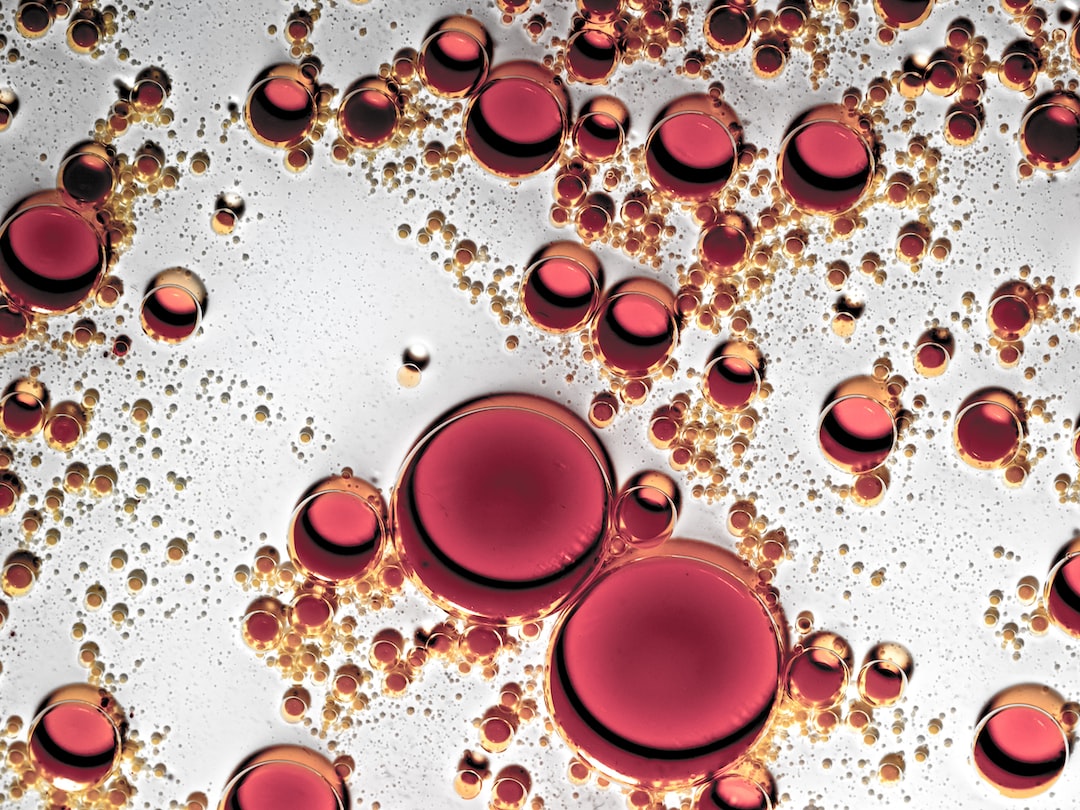Glassblowing is an ancient art form that has been practiced for thousands of years. Originating in the Roman Empire around the 1st century BC, it has since evolved into a mesmerizing craft that blends creativity with precision. Mastering the art of glassblowing requires years of practice and dedication, but the end result is nothing short of breathtaking – beautiful glass creations that captivate the viewer’s imagination.
The process of glassblowing begins with a molten glass mixture, typically composed of silica, soda ash, limestone, and other chemicals. The glassblower carefully gathers this hot liquid glass onto the end of a blowpipe, and then begins to shape it through a series of movements. With intense focus, the glassblower blows air through the pipe, creating a small air bubble that gradually expands and elongates the glass.
As the glass takes shape, the artist skillfully manipulates it using various tools. They may use jacks to shape the glass, shears to cut it, and a variety of molds and paddles to create texture and patterns. The glassblower must have a keen eye for detail and a steady hand to ensure the final product meets their vision.
One of the most captivating aspects of glassblowing is the mesmerizing dance between the artist and the glass. The glassblower must be in constant motion, rotating the blowpipe and reheating the glass to keep it malleable. This delicate balance between heat and movement requires years of practice to master, but it is the key to creating intricate and flawless glass creations.
The art of glassblowing offers endless possibilities for creativity. From delicate ornaments and vases to intricate sculptures and chandeliers, glassblowers can transform this molten material into virtually any shape or form. They can also incorporate various colors and patterns into their designs, using techniques such as fritting, glass stringer decoration, or glass painting.
While glassblowing is a time-honored craft, it is also adaptable to modern technology. Today, artists can use advanced tools and equipment, such as laser cutters and kilns, to enhance their work and explore new possibilities. However, even as technology advances, the core elements of glassblowing – skill, creativity, and precision – remain integral to the art form.
Mastering the art of glassblowing is an ongoing journey. It requires dedication, patience, and a deep love for the craft. But for those who are willing to put in the time and effort, the rewards are immeasurable. Glassblowing allows artists to transform a simple material into something truly extraordinary – a symphony of color, shape, and form that captures the imagination and delights the senses. So, next time you admire a delicate glass sculpture or a vibrant stained glass window, take a moment to appreciate the skill and artistry that went into creating it – a testament to the mastery of glassblowing.

